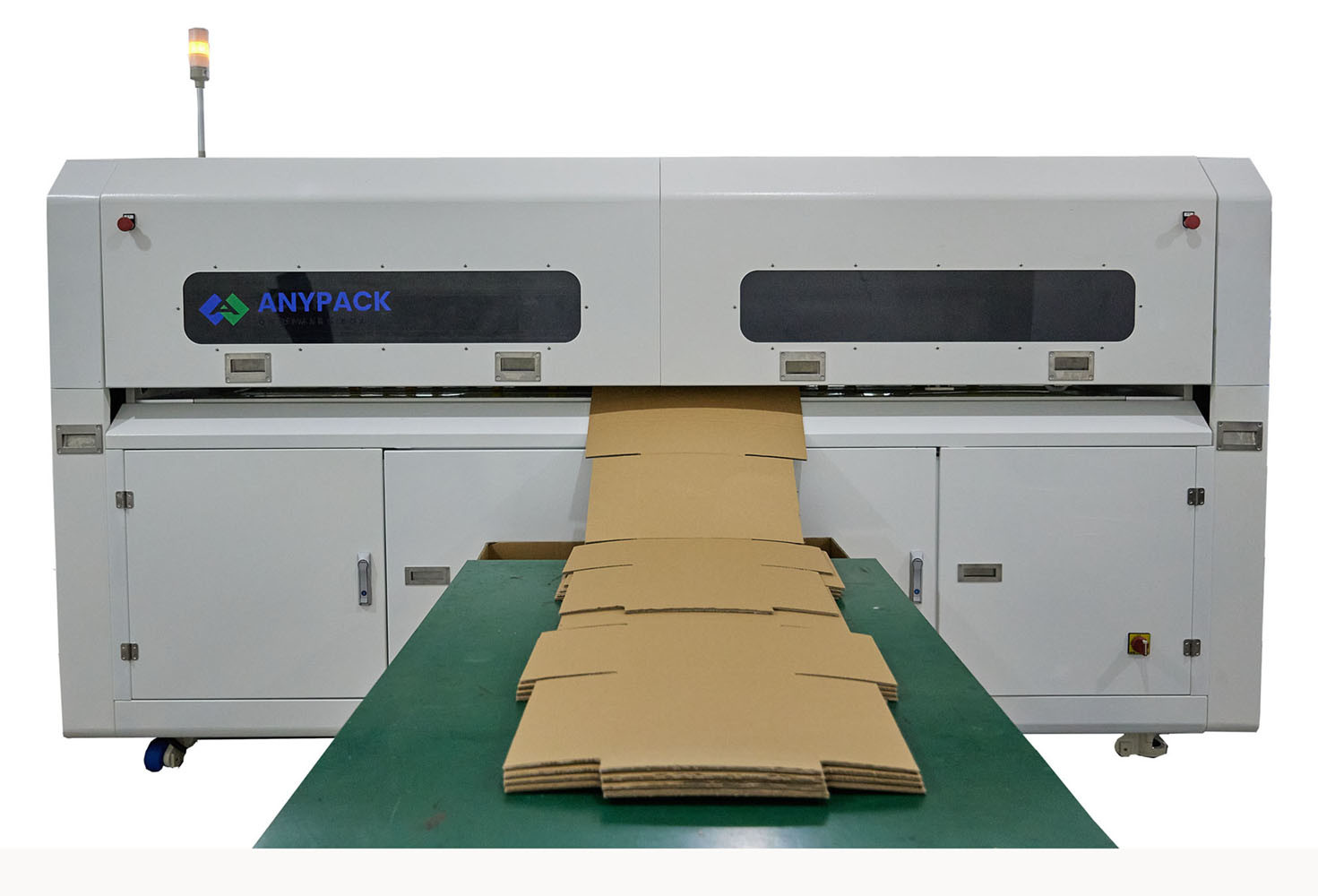Packaging plays a pivotal role in safeguarding products during transportation, enhancing brand visibility, and contributing to sustainability efforts. Among the myriad packaging solutions available, corrugated boxes stand out as versatile, cost-effective, and environmentally friendly choices. In this blog, we delve into the fascinating world of Corrugated Box Making Machine, uncovering the intricacies of the process and exploring why these boxes are the backbone of modern packaging.
The Basics of Corrugated Boxes
Corrugated boxes are made from corrugated cardboard sheets, which consist of three layers: the linerboard, the corrugated medium, and another linerboard. The linerboard is the flat facing material on both sides, while the corrugated medium is the wavy, fluted layer sandwiched in between. This design imparts strength, durability, and flexibility to the boxes, making them ideal for a wide range of applications.
Raw Materials
The primary raw material for corrugated boxes is paper pulp derived from wood fibers. The process starts with the harvesting of trees, followed by the separation of wood into chips. These chips undergo a pulping process to break down the cellulose fibers, resulting in a pulp that forms the foundation of corrugated cardboard.
Manufacturing Process
- Corrugating the Medium: The corrugated medium is formed by passing the pulp through rollers with corrugated profiles. This creates the distinctive wavy pattern, adding rigidity and strength to the cardboard.
- Gluing the Layers: Once the corrugated medium is ready, it is sandwiched between two layers of linerboard. High-strength adhesive is applied to bond the layers together, forming a single sheet of corrugated cardboard.
- Cutting and Shaping: The continuous sheet is then cut into specific sizes based on the intended box dimensions. Modern manufacturing facilities use precision machinery, such as die-cutters, to ensure accuracy and efficiency.
- Printing and Finishing: Corrugated boxes can be customized with logos, product information, and branding elements. Printing is typically done after the box has been cut and scored. Various finishing techniques, such as coatings for water resistance or special textures, can also be applied during this stage.
- Folding and Gluing: The cut and printed sheets are folded and glued to form the final box shape. Advanced machinery automates this process, ensuring consistency and speed in production.
- Quality Control: Rigorous quality checks are performed to ensure that each box meets industry standards and the specific requirements of the client. This includes assessing structural integrity, print quality, and overall appearance.
Advantages of Corrugated Boxes
- Strength and Durability: Corrugated boxes are known for their excellent strength-to-weight ratio, providing optimal protection for the enclosed products.
- Eco-Friendly: Corrugated cardboard is recyclable and biodegradable, aligning with growing environmental concerns. Many manufacturers use recycled content in their production processes, further reducing the environmental impact.
- Versatility: Corrugated boxes come in various shapes and sizes, making them suitable for diverse industries, from food and beverages to electronics and e-commerce.
- Cost-Effectiveness: The efficiency of the manufacturing process and the affordability of raw materials make corrugated boxes a cost-effective packaging solution.
Conclusion
The blueprint of corrugated box manufacturing unveils a meticulous process that transforms raw materials into a versatile and indispensable packaging solution. From the strength imparted by the corrugated medium to the customization options in printing and finishing, corrugated boxes have become a cornerstone in the world of packaging.
